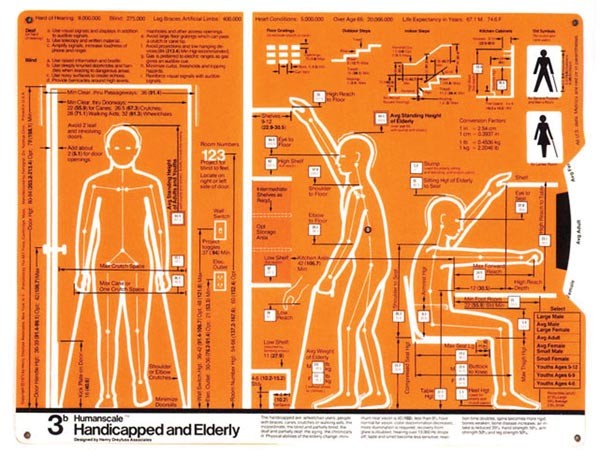Public-interest design is a nascent but growing field. It is based on the idea that everybody — rich, poor, healthy or sick — deserves thoughtful and high-quality architecture and design. In a recent opinion piece in the New York Times, John Cary and Courtney E. Martin argued that design can greatly "improve and enrich" people's lives by dignifying their experiences. Citing such projects as the Butaro Hospital in Rwanda and The Star Apartments in Los Angeles, they explain that human-centered products and places focus on the needs of the community. Practitioners envision a participatory, sustainable and responsible approach that translates to a better world.
Idealistic? Yes. But our increasingly mechanized, urbanized and globalized population means that architecture and design need to respond to our changing technological, social and environmental landscapes. According to curators Giovanna Borasi and Mirko Zardini, architecture and design are not always "capable of providing positive solutions for the environment or the ‘sick' body." Every solution has attendant consequences, some of them good, some of them bad. Their exhibition Imperfect Health: The Medicalization of Architecture, currently at the Miller Gallery, posits that we live in anxious times brought on by our fears about pollution, disease, aging and our food supply.
Their assertion is that most projects focus on cure rather than on care, and that architecture and design rely on "medical rhetoric" that provides imperfect solutions. As they see it, we think of our lives in medical terms. And while architects and designers seek solutions "based on the optimistic premise that design has the capacity to deliver individual and collective well-being," they should also be thinking self-critically about the limitations of their field.
The curators explain that the exhibition aims to reveal the contradictions and complexities inherent in our health-obsessed society. Granted we are inundated with information about diets, exercise, pills and cures, and yes, we could do with a healthy dose of skepticism about modern medicine. But where would we be without it?
The exhibition includes a wide variety of objects and materials — many of which come from the Canadian Centre for Architecture's permanent collection. Organized into sections such as Disease, Ageing and Obesity, the exhibition meanders from news clippings to photographs, drawings, videos, architectural models, art works and even dust samples. It's not entirely coherent and is designed to be purposefully contradictory. In one section, photographs of Frederick Law Olmsted's parks, Cesare Leonardi's drawings of trees, and designs and images of vertical gardens are all displayed in proximity to a table full of books on allergies, a plan for a low-allergy garden, and non-allergic building materials. Are these projects healthy or are they proof of misguided medical rhetoric? While Olmsted and Calvert Vaux may have based their designs on outdated 19th-century beliefs about disease, there is little doubt that their projects remain important oases for countless urbanites in cities like New York and Montreal.
It is interesting that there are very few images of actual medical facilities in the exhibition. There are a handful of examples of hospice, elder care, Alzheimer's and cancer-care centers, but no hospitals or clinics. And there are only a few items that actually refer directly to disease, including: an artifact from a sanatorium that shows a picture of the sea; photographs of people sleeping in salt mines as a cure for respiratory ailments; drawings by Gordon Matta-Clark titled "Immune vs. Cancer cells"; and paper sculptures by Andy Byers called "Cow," "Chicken" and "Pig," that represent domestic animals that are actually vectors of human diseases.
There are, however, a quirky array of objects and materials relating to topics such as epidemics and quarantine; garbage and recycling; age segregation or integration; personal, social and work spaces; elevators; stairs; environmental illness; air pollution; filtration; industrialization; and land reclamation. There is even a model of the rotund fictional character Captain B. McCrea from Pixar's animated futuristic movie Wall-E. And there are Rabbit chairs designed by SANAA that deliver an evocative message about obesity.
If the abundance of materials on display seems too overwhelming and inconclusive, head over to the photographs of industrial landscapes by Bernd and Hilla Becker. There you'll see familiar images of Pittsburgh and Youngstown. These will remind you of what we already know all too well around here: Industry brought prosperity, but it also brought pollution and health problems. These images capture perfectly the contradictions, consequences, and imperfections of human invention.















